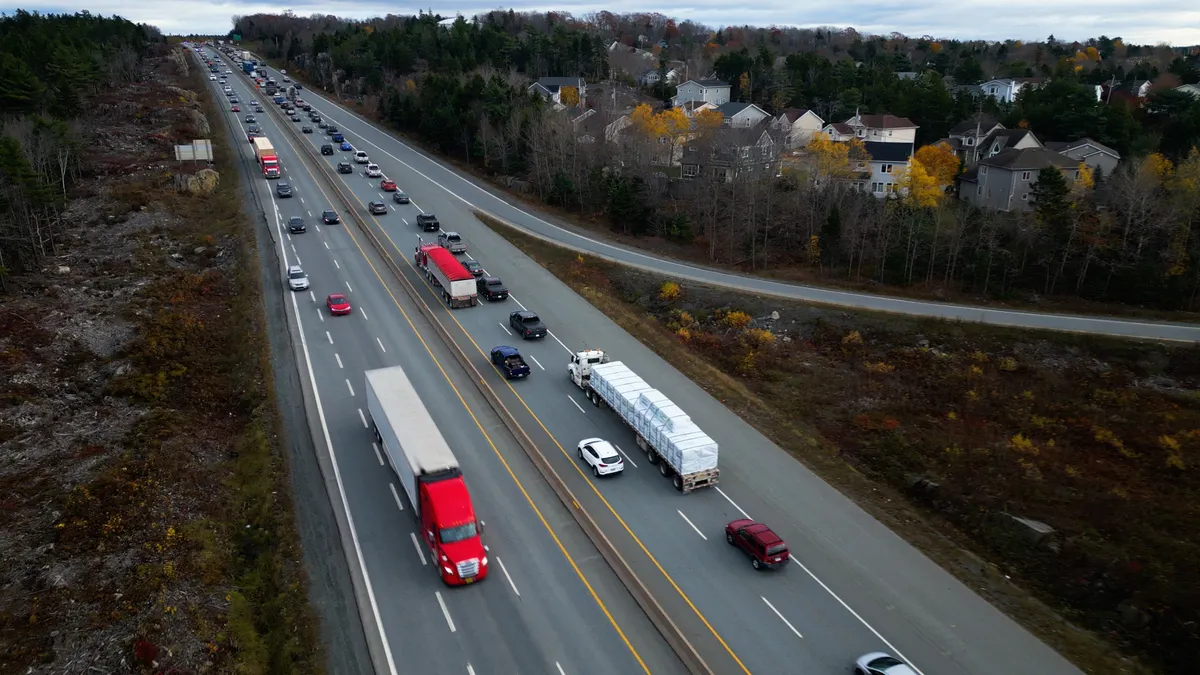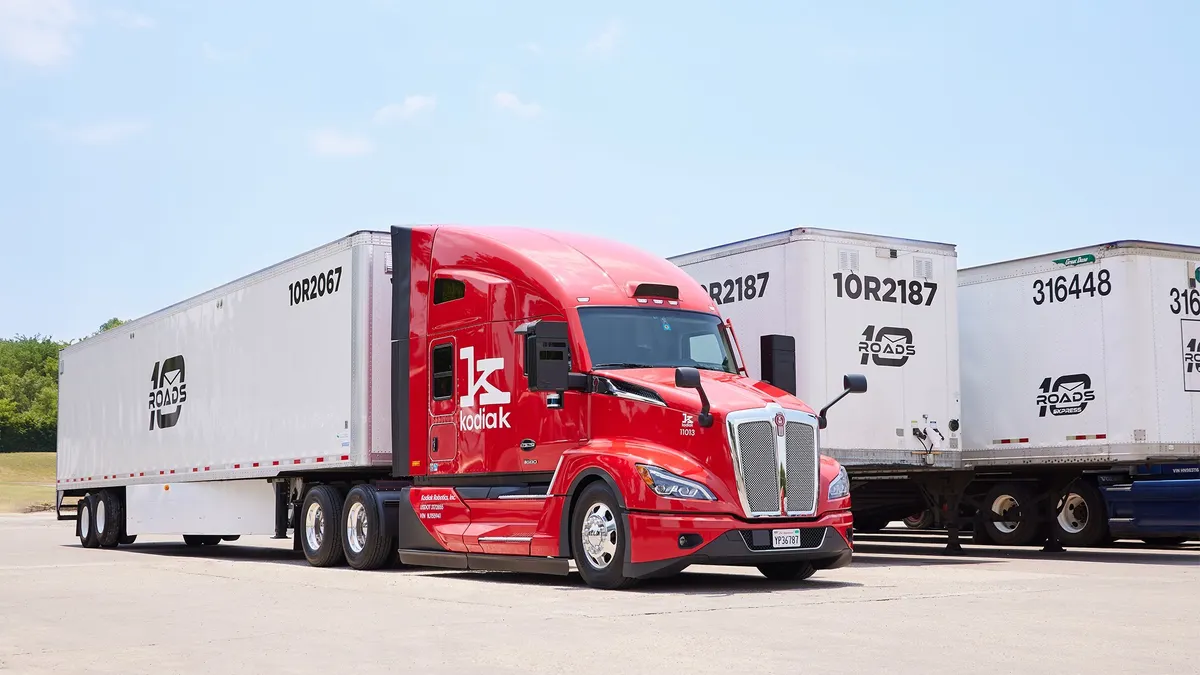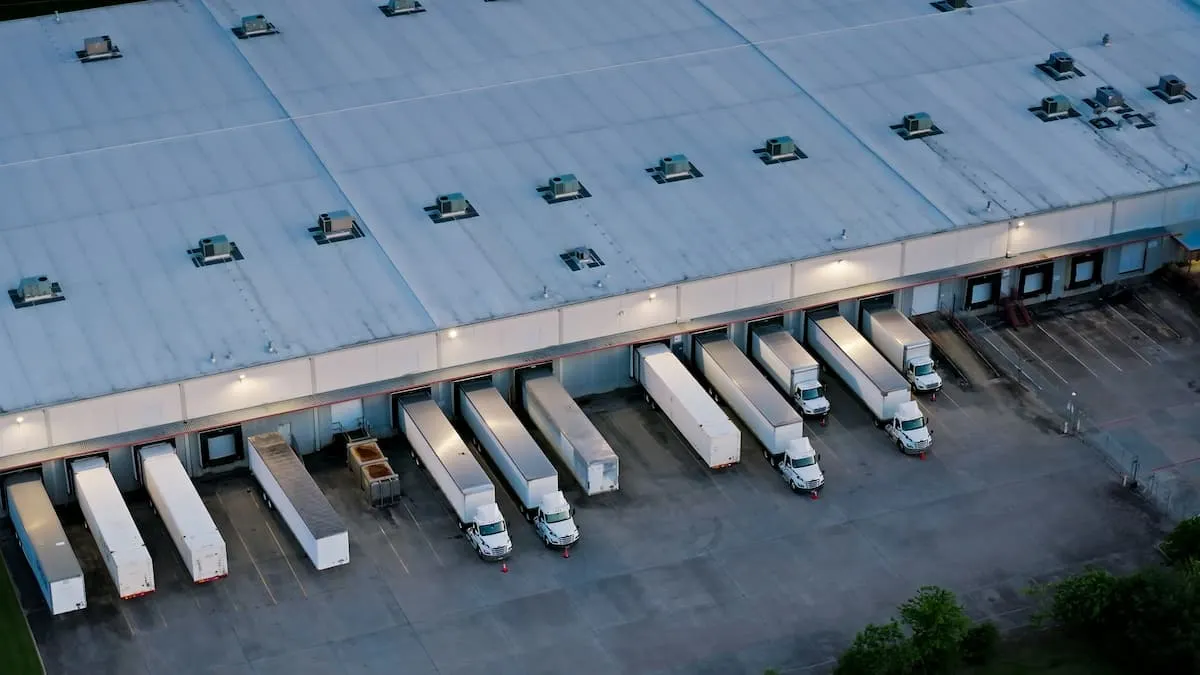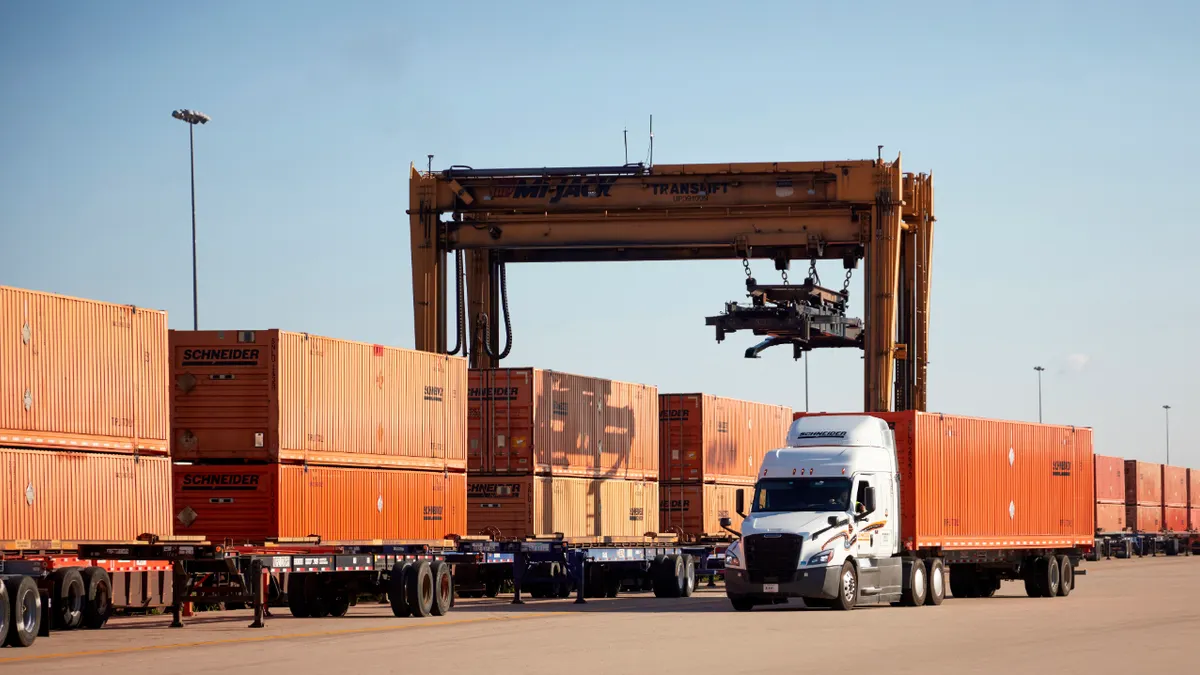Editor's note: This story is part of a series marking Supply Chain Dive's five-year anniversary. Look back at some of the most important stories in supply chain since 2016 in this round-up.
What comes after the first mile and before the last mile? Logically, that's where the middle mile goes. Logistically, though, the in-between leg of the supply chain has not historically been top of mind for every shipper.
That's changed in the last five years, due to e-commerce.
"It's really moved the middle mile from being kind of a commoditized afterthought, to really more of [a] competitive advantage in today's environment," Mac Pinkerton, C.H. Robinson's president of North American surface transportation, told Supply Chain Dive.
The story of how e-commerce transformed logistics is familiar to supply chain stakeholders. Consumers came to expect fast — and free — delivery, which is a notion many logistics professionals find ridiculous.
"Freight is not free," said Meg Schmidt-Duncan, director of strategic sourcing at Koch Logistics. The cost is "built in there somewhere."
Businesses are shipping smaller quantities of freight more frequently, giving logistics professionals more to manage in increasingly complex networks. And it's a pricey business for everyone involved.
"You're not shipping full truckload now," said JP Wiggins, co-founder and vice president of logistics at 3Gtms. "You're in a different type of supply chain environment" — one that centers around e-commerce and LTL shipments.
The ascent of e-commerce and LTL
If long-haul trucking is king in middle mile, the LTL sector has made a particularly quick ascent to the throne.
"If you look at the industry trend, LTL over the last four or five years has has largely outpaced truckload growth across North America," Pinkerton said.
LTL is perhaps the largest beneficiary of e-commerce growth. During Q2 2016, e-commerce was responsible for 7.5% of all retail sales, not seasonally adjusted, bringing in more than $91 billion, according to the U.S. Census Bureau. Fast forward to Q2 2021, that number is 12.5%, representing just over $211.7 billion.
While consumer buying was headed in a digital direction before the pandemic, social-distancing measures have been an e-commerce catalyst. Brick-and-mortar businesses began standing up e-commerce capabilities. And CPG companies have started entering the field in earnest over the least three or so years, trying to figure out how to work outside traditional retail channels, Pinkerton said.
"COVID fast-forwarded five years of omnichannel and e-commerce. I mean, let's be clear about this," said Wiggins. "Right now, if you're a shipper, B2B or B2C, you're shipping inventory from wherever it exists to wherever it's needed. And that is a paramount shift."
E-commerce increases its share of the retail market
Shipments that once may have required one TL move are being broken up into multiple moves, Jonathan Kletzel, transportation and logistics partner at PwC, said in an email.
"You have these large volumes of freight that are now flipping from what was probably truckloads of goods into a bigger regional distribution pattern that are now going LTL long haul," Schmidt-Duncan said.
And it's a trend that is reflected in employment numbers.
Data from the Bureau of Labor Statistics shows employment in the TL space has been relatively stagnant, while growth in LTL employment has risen significantly (not counting the pandemic-driven drop in 2020 each sector experienced).
LTL employment growth outpaces TL
Putting trust in LTL carriers
With heightened demand for e-commerce, inventory visibility also began extending to freight in motion. It's likely that a portion of a middle mile shipment has already been sold online before the retailer takes it into inventory, Pinkerton said. Having consumer expectations come into play that early in the inventory's logistics journey upped the stakes for retailers.
"That's been a huge change over the last couple of years," Pinkerton said.
ELDs came into play in the latter part of 2017. While their main function is to track drivers' hours of service, technology makers often tacked on GPS capabilities, Pinkerton said. All of a sudden, stakeholders had more visibility.
"That rapidly expanded as part of this on-time, in-full initiative and inventory-in-motion initiatives," he said. "Technology in that space, to give visibility to where a truck was at any point in time, has dramatically improved throughout that time period."
Pinkerton did mention, though, that the trucking community pushed back on that, insisting companies track the freight, not the driver. That gave rise to sensor technology.
"LTL carriers ... are now less of a black box on when the shipment will arrive. Due to investments in digital innovations, shippers can trust them more,"said Kletzel.
More shipments means more work for supply chain managers. But it allows shippers to be more strategic, which is, ultimately, less risky, according to Kletzel.
LTL: Strained and pricey, but an equalizer
For many shippers, the LTL market is currently chaotic. Schmidt-Duncan said she receives emails everyday from carriers saying they're booked up for the day or they're only taking limited amounts of freight in a certain market. Those notices could come before noon.
Shippers then have to decide whether to hold their freight and forfeit that on-time delivery, or move to another carrier. If shippers want to move to the spot market, costs there are likely about 30% higher, Schmidt-Duncan said.
"This whole thing is just getting compounded, and it's just gone insane," she said.
LTL prices have significantly outpaced TL
Retail executives especially have lamented high freight costs in recent earnings reports. While the headwinds aren't expected to last forever, the expenses have warranted explanation.
"The logistics teams have been securing the freight capacity and we need to get the goods to our [distribution centers] and stores to meet our strong demand. And we're paying more when we need to," said TJX CEO Ernie Herrman on a call with investors and analysts.
David Heller, vice president of sales at Redwood Logistics, said shippers are asking for help mitigating LTL costs.
"You've got capacity tightening to record levels, and anytime that happens, you've got rates going to record levels," he said.
Spot linehaul rates
But LTL can be a democratizer. With e-commerce, consumers have access to a variety of businesses that can ship directly to them, taking out the brick-and-mortar middle man. Instead, it's all about the middle mile, and transportation managers who can use it strategically can give their companies a boost.
"I see LTL as being a critical enabler of local fulfillment for companies that want to compete with some of the national brands," Kletzel said. "To be successful, they will need to serve local fulfillment through more direct, smaller loads to be able to better manage local inventory — especially for slower moving SKUs."
As shippers look for LTL partners, carriers will certainly look for shippers. Pinkerton said successful companies will be the ones who can provide an end-to-end logistics experience for customers, inclusive of the final mile and visibility throughout.
When it comes to the future of the middle mile, other freight modes are likely to become more prominent, according to Kletzel. He said he believes rail shipping will grow in importance, be it through an LTL network or domestic intermodal moves. Supply chain leaders are also talking about using vertical takeoff and landing aircraft in congested metropolitan areas, Kletzel said.
But it's difficult to predict the future, especially considering how quickly e-commerce changed the middle mile.
"People ship differently now," Wiggins said. "How's this going to evolve? I don't know. But it has evolved substantially."
Editor's note: This story was first published in our Logistics Weekly newsletter. Sign up here.




















